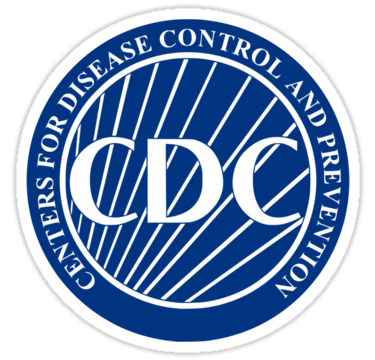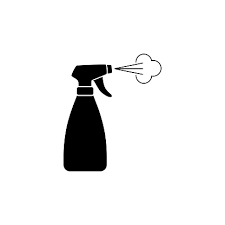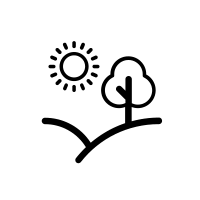
Cleaning VS Disinfecting COVID 19. Community, Work or School:
Cleaning removes germs, dirt, and impurities from surfaces or objects. Cleaning works by using soap (or detergent) and water to physically remove germs from surfaces. This process does not necessarily kill germs, but by removing them, it lowers their numbers and the risk of spreading infection.
Disinfecting kills germs on surfaces or objects. Disinfecting works by using chemicals to kill germs on surfaces or objects. This process does not necessarily clean dirty surfaces or remove germs, but by killing germs on a surface after cleaning, it can further lower the risk of spreading infection.
Sanitizing lowers the number of germs on surfaces or objects to a safe level, as judged by public health standards or requirements. This process works by either cleaning or disinfecting surfaces or objects to lower the risk of spreading infection.
Clean

- Wear disposable gloves to clean and disinfect.
- Clean surfaces using soap and water, then use disinfectant.
- Cleaning with soap and water reduces number of germs, dirt and impurities on the surface. Disinfecting kills germs on surfaces.
- Practice routine cleaning of frequently touched surfaces.
- More frequent cleaning and disinfection may be required based on level of use.
- Surfaces and objects in public places, such as shopping carts and point of sale keypads should be cleaned and disinfected before each use.
- High touch surfaces include:
- Tables, doorknobs, light switches, countertops, handles, desks, phones, keyboards, toilets, faucets, sinks, etc.
Disinfect

Disinfect with a household disinfectant on List N: Disinfectants for use against SARs-CoV-2external icon, the virus that causes COVID 19.
Follow the instructions on the label to ensure safe and effective use of the product.
Many products recommend:
- Keeping surface wet for a period of time (see product label).
- Precautions such as wearing gloves and making sure you have good ventilation during use of the product.
- If products on List N are not available, diluted household bleach solutions can be used if appropriate for the surface. Unexpired household bleach will be effective against coronaviruses when properly diluted.
- Use bleach containing 5.25%–8.25% sodium hypochlorite. Do not use a bleach product if the percentage is not in this range or is not specified.
- Follow the manufacturer’s application instructions for the surface, ensuring a contact time of at least 1 minute.
- Ensure proper ventilation during and after application.
- Check to ensure the product is not past its expiration date.
- Never mix household bleach with ammonia or any other cleanser. This can cause fumes that may be very dangerous to breathe in.
- Prepare a bleach solution by mixing:
- 5 tablespoons (1/3rd cup) of 5.25%–8.25% bleach per gallon of room temperature water OR
- 4 teaspoons of 5.25%–8.25% bleach per quart of room temperature water
- Bleach solutions will be effective for disinfection up to 24 hours.
- Alcohol solutions with at least 70% alcohol may also be used.
Cleaning and disinfecting outdoor areas

- Outdoor areas, like playgrounds in schools and parks generally require normal routine cleaning, but do not require disinfection.
- Do not spray disinfectant on outdoor playgrounds- it is not an efficient use of supplies and is not proven to reduce risk of COVID-19 to the public.
- High touch surfaces made of plastic or metal, such as grab bars and railings should be cleaned routinely.
- Cleaning and disinfection of wooden surfaces (play structures, benches, tables) or groundcovers (mulch, sand) is not recommended.
- Sidewalks and roads should not be disinfected.
- Spread of COVID-19 from these surfaces is very low and disinfection is not effective.
CDC – 6 steps to cleaning and disinfecting your school. Click here
CDC – For teachers: cleaning and disinfecting classrooms. Click here


